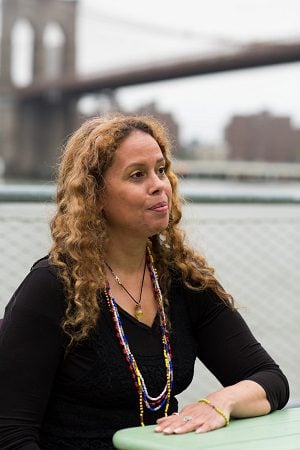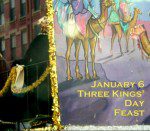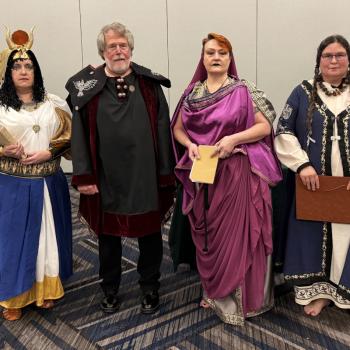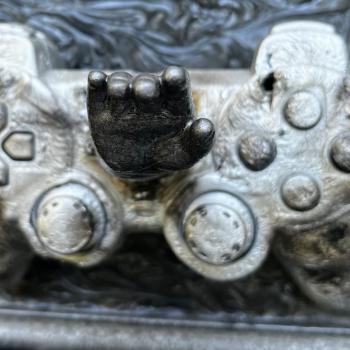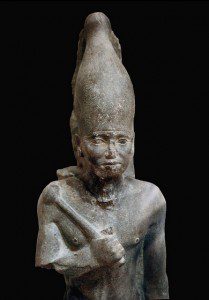
History, or Herstory rather, refuses to let a good woman be kept down. It is the start of the New Year and already there have been many pleasant surprises, one in the form of a Queen. Earlier this week the Minister of Antiquities announced the discovery of the tomb of 5th Century Queen Khentkaus III, wife of Neferefre. The findings occurred at Abu Sir in Egypt. The Luxor Times reports that the discovery was made “during the excavations of the Czech Institute of Egyptology directed by Dr. Miroslav Barta. “ Archaeologists are excited, as little information is had for this particular period. The excavation findings include funerary pots, tools of copper and inscriptions for this “(wife)mother of the king.” In addition to the tomb there was also a separate shrine area for offerings. They found offerings, pots, and inscriptions … but what about the Queen herself ? A post by International Business Times states “Unfortunately Khentkaus III’s mummy is no where to be found, either due to looting in ancient times or from being moved by priests in antiquity to prevent her body from being destroyed. “ Despite the powerful female legacy of this woman, something has been, and is literally lacking.
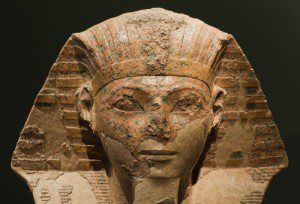
This rediscovered Queen calls to mind another great Egyptian Queen that History has not represented fully either- I am speaking of Queen Hatshepsut. Considered to be the most successful female ruler, she had the longest reign as Queen, almost 20 years. She lived from 1508 BCE- 1458 BCE, and became Queen when she was a mere 12 years old. Over time she obtained the title and even the regalia of Pharaoh. The record of Hatshepsut’s rule, however, is spotty. Despite her body and temple being preserved to withstand the tests of time, the historical record contains very little. Her name is not present in the list of kings, and many of her icons were destroyed by subsequent rulers. Thankfully however there are many elements of Queen Hatshepsut’s legacy that still survive. The most notable one is her temple at Deir el-Bahri. Located on the Western bank of the Nile, the site had already been a sacred valley for funerary goddesses when the temple construction began. The mortuary temple located there is an architectural marvel containing elaborate tiers, statues and even honored myrrh trees. Much attention has resurfaced of late surround this Holy woman and why both the circumstances surrounding her death, and subsequent suppression from the historical record occured. Here is one take on it from Ted.Ed
The Pharaoh That Wouldn’t Be Forgotten
This is a fascinating topic, that will hopefully unfold more in the future. I am excited both as an anthropologist and as a priestess, for the legacy of the primal feminine pioneered by women like Queen Khentkaus III, Queen Hatshepsut, and Queen Nzinga are vital to us all. Stay tuned to the Voodoo Universe to see where history may take us next !


